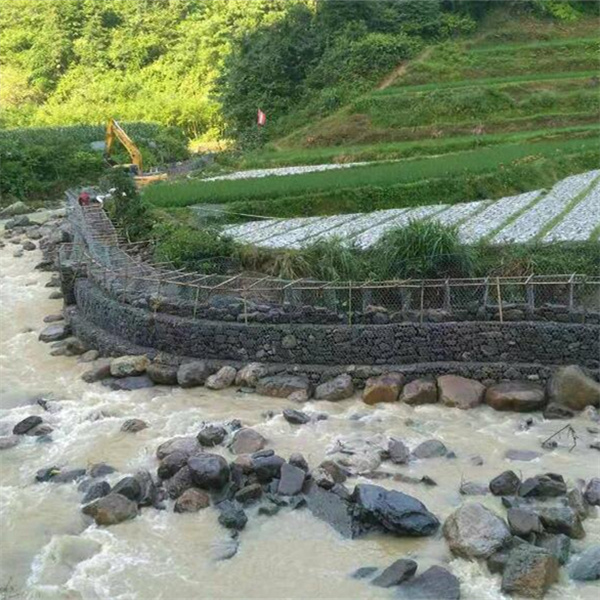Aug . 14, 2024 15:35 Back to list
Exploring the Aesthetic and Structural Benefits of Gabion Walls in Modern Architecture
The Architectural Elegance of Gabion Walls A Sustainable Solution
Gabion walls, often constructed from wire mesh baskets filled with stones, gravel, or other materials, have gained significant popularity in recent years, particularly in the realms of architecture and landscape design. This innovative construction technique seamlessly blends structural functionality with aesthetic appeal while promoting sustainability.
Historical Context
The term gabion is derived from the Italian word gabbione, which means big cage. Historically, gabions date back to ancient civilizations, where they were utilized for military fortifications. Soldiers would fill these wire cages with earth or stones to create defensive walls. Over the years, their use transitioned from strictly military applications to civil engineering projects and eventually, modern architecture. Today's gabion walls not only serve practical purposes but are also embraced for their eco-friendly characteristics.
Structural Benefits
Gabion walls are renowned for their structural integrity and durability. The inherent flexibility of the materials used allows these walls to resist erosion, making them ideal for construction in areas prone to soil movement or water flow. The voids within the stones also enable drainage, reducing the pressure that could lead to structural failure. This adaptability makes gabion walls suitable for various applications, ranging from supporting hillsides to acting as sound barriers along busy highways.
Moreover, gabion walls can be designed in various shapes and sizes, offering architects the freedom to create unique structures that fit their aesthetic visions. Their robust nature means they can withstand harsh weather conditions, furthering their appeal in both urban and rural settings.
Aesthetic Versatility
gabion wall architecture

Beyond their structural merits, gabion walls are celebrated for their visual diversity. The appearance of a gabion wall can vary significantly based on the materials used and the arrangement of the stones. By choosing different types of rock or integrating colored stones, architects can achieve varying textures and color palettes that complement the surrounding environment.
Additionally, gabion walls can be incorporated into landscape design as decorative retaining walls, seating areas, or even garden beds. The natural appeal of the stones blended with native vegetation, such as plants or wildflowers, creates a harmonious fusion of built space and nature. This integration not only enhances visual appeal but also promotes biodiversity, contributing positively to local ecosystems.
Sustainability
One of the most compelling reasons for the increasing adoption of gabion walls in architecture is their sustainability. The materials used in gabion construction—rock, gravel, and recycled materials—are often locally sourced, significantly reducing transportation emissions. Furthermore, the production of gabion materials typically requires less energy compared to traditional building materials, underscoring their environmental advantages.
Gabion walls also encourage the growth of vegetation through the spaces between stones. As plants take root, they help in stabilizing the wall and promoting soil health. This not only aids in erosion control but also enhances the overall environment, making gabion walls a practical choice for eco-conscious builders and architects.
Conclusion
In summary, gabion walls represent a remarkable intersection of functionality, beauty, and sustainability in modern architecture. Their unique structure not only enhances the resilience of buildings and landscapes but also infuses them with a sense of natural elegance. As the architectural community continues to seek sustainable and innovative solutions, gabion walls are likely to remain at the forefront of eco-friendly design, resonating with those who appreciate both form and function in their built environments.
-
The Role of Galvanized Gabion Mesh in Riverbank Protection
NewsJun.26,2025
-
The Role of Gabion Basket Raised Bed in Sustainable Gardening
NewsJun.26,2025
-
Quality Assurance of Wire Mesh Gabion Baskets
NewsJun.26,2025
-
Installation Guide for Welded Gabion Box
NewsJun.26,2025
-
How to Choose the Right Gabion Box
NewsJun.26,2025
-
Different Types of Gabion Wire Mesh
NewsJun.26,2025
-
Why PVC Coated Gabion Mattress Is the Best Solution for Long-Term Erosion Control
NewsMay.23,2025






